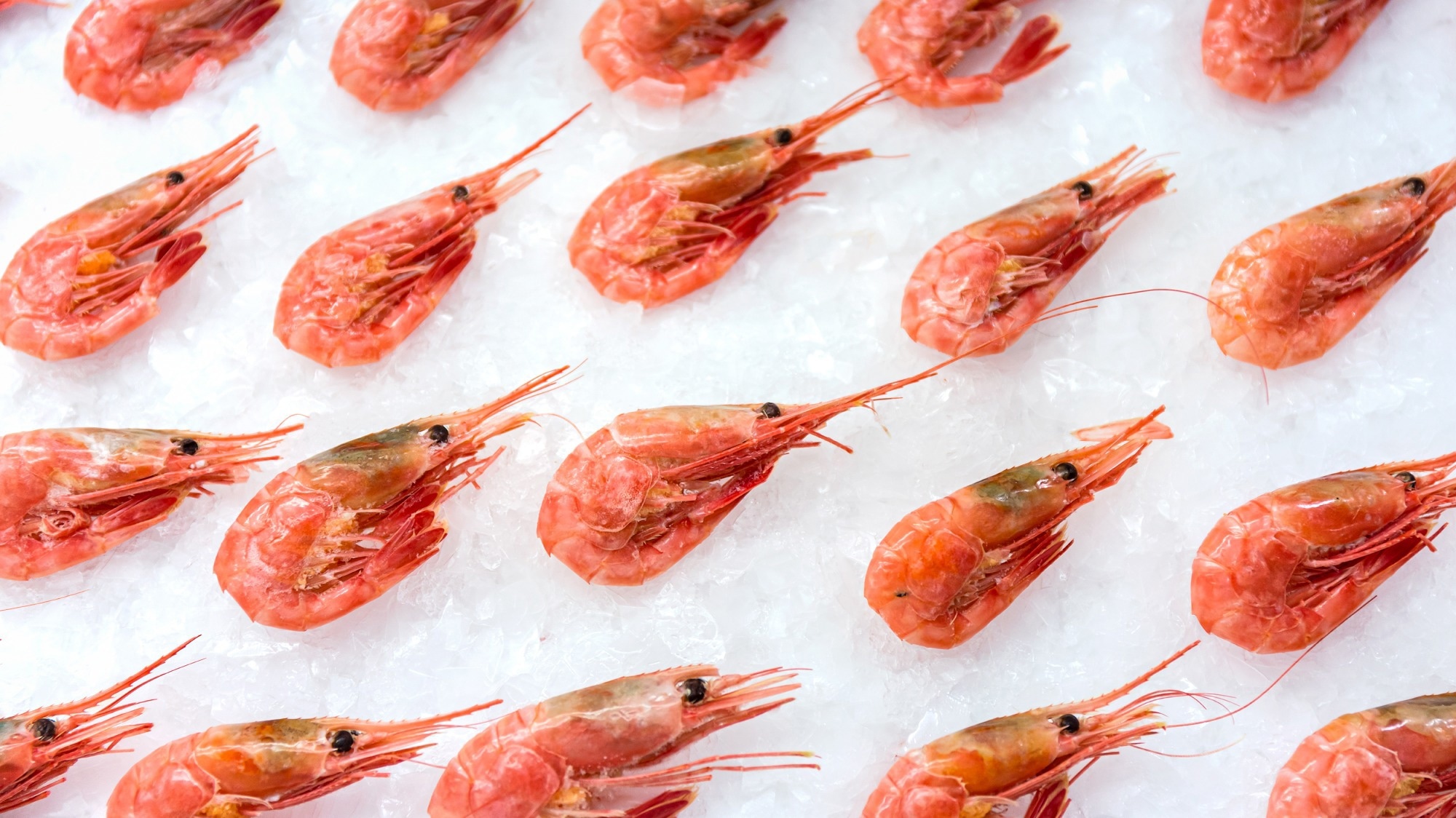In a recent article published in the American Journal of Obstetrics & Gynecology, researchers review and highlight the benefits of chitosan-covered tamponades in the emergency treatment of postpartum hemorrhage. A significant cause of global maternal morbidity and mortality, the condition usually requires specialized surgical intervention and blood transfusions, which may not always be available, especially in remote or underdeveloped regions. The article includes notes on the correct application of the intervention and a video demonstrating the process.
 Expert Review: Uterine packing with chitosan-covered tamponade to treat postpartum hemorrhage. Northern prawn Pandalus borealis. Image Credit: Vic Lab / Shutterstock
Expert Review: Uterine packing with chitosan-covered tamponade to treat postpartum hemorrhage. Northern prawn Pandalus borealis. Image Credit: Vic Lab / Shutterstock
What is postpartum hemorrhage?
Postpartum hemorrhage (PPH) is a rare yet highly severe condition wherein a new mother experiences excessive bleeding as a consequence of giving birth. It usually occurs within 24 hours of delivery, but exceptions have been recorded up to 12 weeks after having the baby. PPH is a major cause of maternal mortality, especially in rural areas and resource-challenged nations. An estimated 14 million experience the condition annually, more than 70,000 of whom do not survive.
Even in cases of maternal survival, urgent surgical interventions are required, and the condition usually results in lifelong reproductive disability. Conventional clinical interventions include uterotonics such as prostaglandins, oxytocin, and coagulation-enhancing medications, including fibrinogen and tranexamic acid. However, while these interventions help suppress the condition, they are often insufficient to treat severe cases. Severe PPH is treated using invasive and surgical techniques such as compression sutures, arterial ligation, and intrauterine balloon tamponades, often inaccessible in rural pediatric settings.
In extreme cases, a hysterectomy is required to prevent maternal mortality, but this requires skilled surgeons and adequate medical support to be carried out successfully. In recent years, chitosan-covered tamponades have emerged as a viable obstetrical intervention against PPH. Derived from similar approaches used in military medicine as a means of arresting acute hemorrhage, chitosan-impregnated gauze might be just what the doctor ordered in PPH treatment, especially when more advanced invasive interventions are unfeasible.
Chitosan? Why?
Chitosan is a naturally sourced, biodegradable polysaccharide extracted from the shells of marine organisms (mainly crustaceans). It is produced from chitin, the second most abundant polysaccharide (following cellulose), and research has found its use in humans safe. In the medical field, chitosan-covered compression tamponades and gauze were initially described as a management option for soldiers suffering from acute hemorrhage on the field. Chitosan activates an electrically charged physiological pathway independent of coagulation factors, resulting in rapid adhesion and coagulation of circulating cells.
The year 2012 marked the first recorded use of chitosan-covered tamponades in obstetrics. Despite all reports vouching for its overwhelmingly positive impact on the treatment of PPH, the method remains underreported and unestablished, with its use restricted to ‘those in the know.’ Research into the potential side effects of this method has revealed that chitosan is naturally degraded and excreted in humans via enzymatic cleavage by enzymes such as lysozyme. Trials employing raw chitosan on volunteers naturally allergic to fish and shrimp have not revealed side effects, even in this naturally hypersensitive cohort, attesting to the safety of the intervention.
So how do we use it?
Chitosan used in tamponades is derived from the shells of Pandalus borealis, a caridean shrimp found in the northern Atlantic Ocean. This chitosan is then subjected to protonation, thereby modifying its anime group and improving its desired mode of action (coagulation). For use in obstetrics, chitosan-covered tamponades are recommended to be used in tandem with ultrasound images to determine if any floating coagulation particles enter circulation. However, this is not required in facilities lacking real-time ultrasound equipment.
Sonographic uterine surveillance can be used to monitor and adjust tamponade packing to ensure the ‘plugging of the leak.’
“On removal, inspection of the end of the fabric for an intact edge to determine integrity and completeness is recommended. In addition, we demonstrate the application of a suture to the leading end of the intrauterine tamponade, which, when visualized on removal 18 to 24 hours later, confirms complete removal. As an extra-safety maneuver, we highlight the presence of the tamponade in these patients with an armband that is only to be removed when the intrauterine packing is simultaneously removed.”
The authors recommend that all birth attendants in both hospital and outpatient settings have a chitosan-covered tamponade readily available due to its clinically effective, fast-active, safe, and easy application, thereby avoiding the specialized requirements and high costs of more clinically invasive interventions.